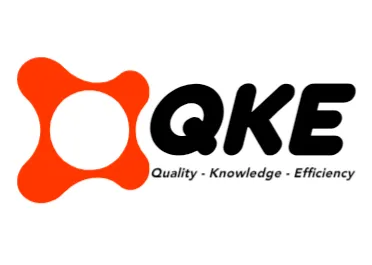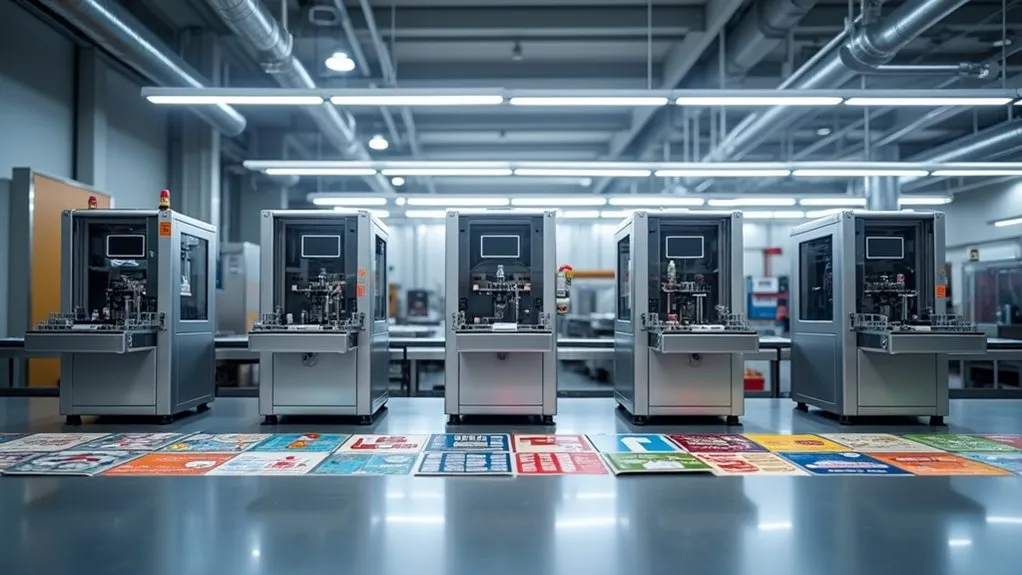Sticker labeling machines are at the forefront of efficient product labeling, delivering unmatched speed and precision. Integrated printing and cutting technology streamlines the process, while automation provides smart solutions for real-time inspection and accuracy. Sensors and servo motors ensure meticulous label placement, accommodating various packaging materials and shapes. Exploring these advancements reveals how they address the diverse needs of modern manufacturing, enhancing production efficiency and accuracy across industries.
Key Points
- Speed and precision are critical; advanced machines can label up to 600 products per minute with ±0.5 mm accuracy.
- Integrated printing and cutting technology simplifies the process, reducing errors and boosting productivity for small to medium batches.
- Automation with AI and robotics enhances efficiency, accuracy, and sustainability in labeling diverse product shapes.
- Sensors and servo motors ensure precise label placement and real-time error correction, maintaining consistent quality.
- Labeling machines offer material versatility, handling glass, plastic, metal, and cardboard across industries with varied packaging needs.
Speed and Precision: The Core of Efficient Labeling
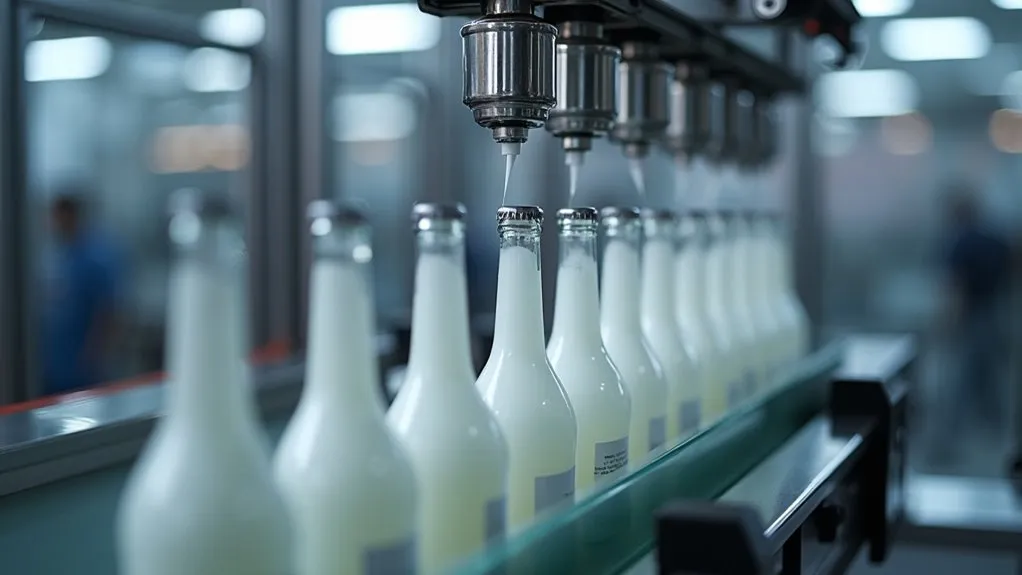
In the realm of product labeling, the twin pillars of speed and precision are fundamental to achieving optimal efficiency. High-speed functionality in automatic labeling systems enables rapid label application, surpassing manual methods and boosting production rates. Sophisticated machines, such as rotary monobloc labelers, can handle up to 400 bottles per minute, while sticker labeling machines operate at 60 to 240 BPM, depending on label and bottle size. Advanced HMI color displays further enhance this efficiency by allowing operators to make quick adjustments and closely monitor the labeling process. To meet high production demands, some machines can operate at speeds up to 600 products per minute, showcasing their potential to scale output in pharmaceutical environments. Complementing this speed, precision technologies like servo motors, intelligent detection systems, and vision inspection ensure millimeter-level accuracy, with some machines offering label placement within ±0.5 mm tolerances. Together, speed and precision form a robust foundation for efficient labeling, driving productivity without compromising quality.
Integrated Printing and Cutting: A Dual Approach to Efficiency
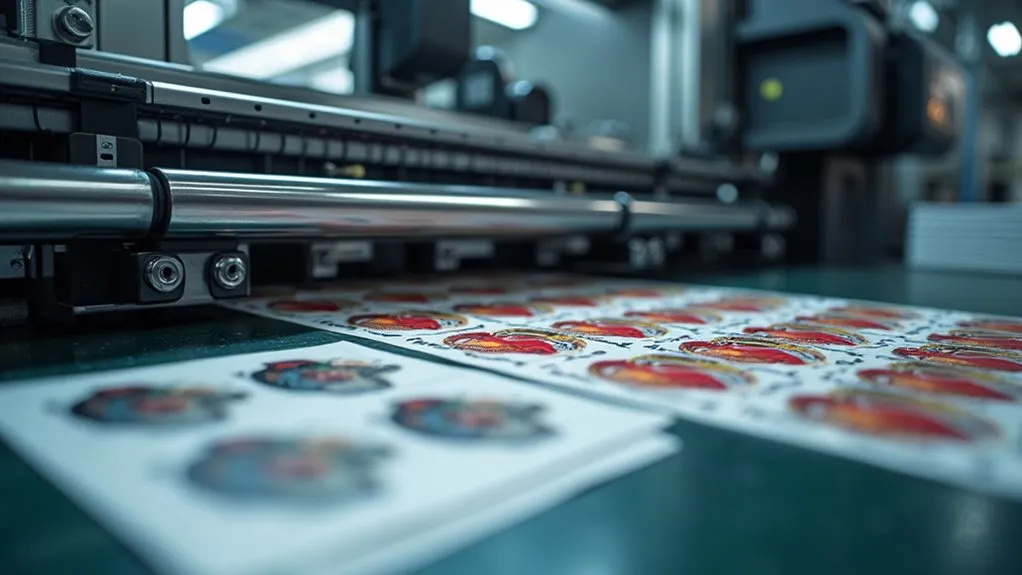
Integrated printing and cutting technology represents a paradigm shift in how decals and labels are produced, combining two essential processes into a seamless, efficient operation.
This integrated design eliminates the need for separate printing and cutting machines, streamlining workflows and reducing errors during media transfer. With automatic register mark detection and RIP software optimizing die-cutting and color management, the system ensures precision and efficiency.
Particularly beneficial for small to medium batches, this dual approach provides a one-step solution for producing finished decals, stickers, and labels. Streamlined workflows and reduced human intervention enhance productivity.
Automation: The Future of Labeling
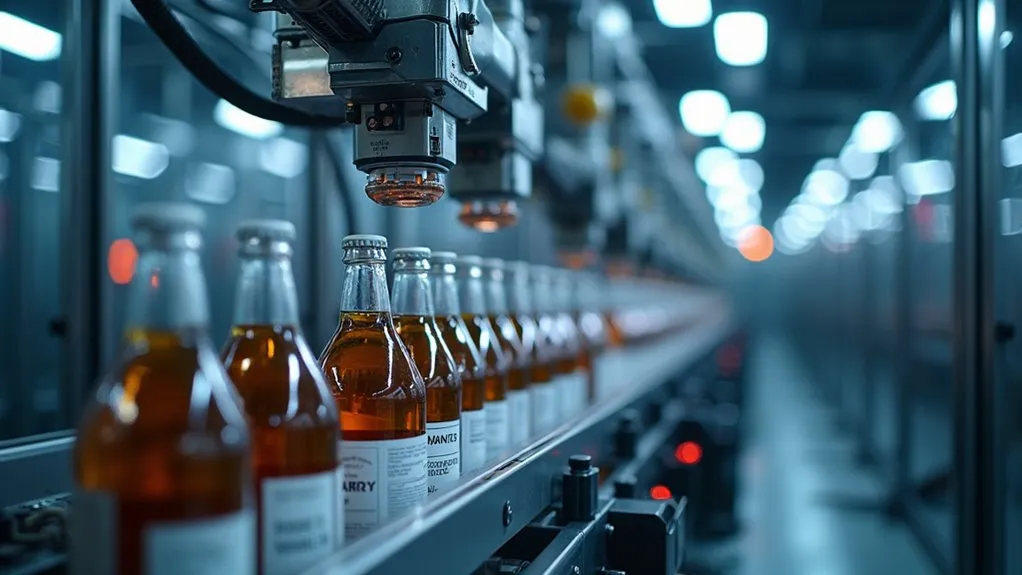
As the labeling industry evolves, automation stands at the forefront of innovation, promising to redefine standards for efficiency, accuracy, and adaptability in label application.
Smart technology, coupled with AI and machine learning integration, enables systems to perform real-time label inspection and automate compliance verification with unprecedented accuracy.
AI and machine learning integration revolutionizes label inspection, automating compliance verification with unmatched precision, setting new standards for accuracy and efficiency.
Robotics enhances this precision, adeptly handling diverse product shapes and seamlessly integrating with existing production lines.
Data-driven labeling, supported by cloud-based platforms and smart labels, facilitates dynamic connections between physical products and digital information, ensuring consistent and compliant labeling practices.
This automation not only significantly boosts efficiency and reduces human error but also supports sustainability efforts by optimizing material use and enabling a shift to eco-friendly materials, aligning with the growing demand for greener packaging solutions. Furthermore, innovations in high-speed labeling efficiency are increasingly becoming standard, facilitating faster production rates while maintaining quality.
Precision in Every Detail: The Role of Sensors and Servo Motors
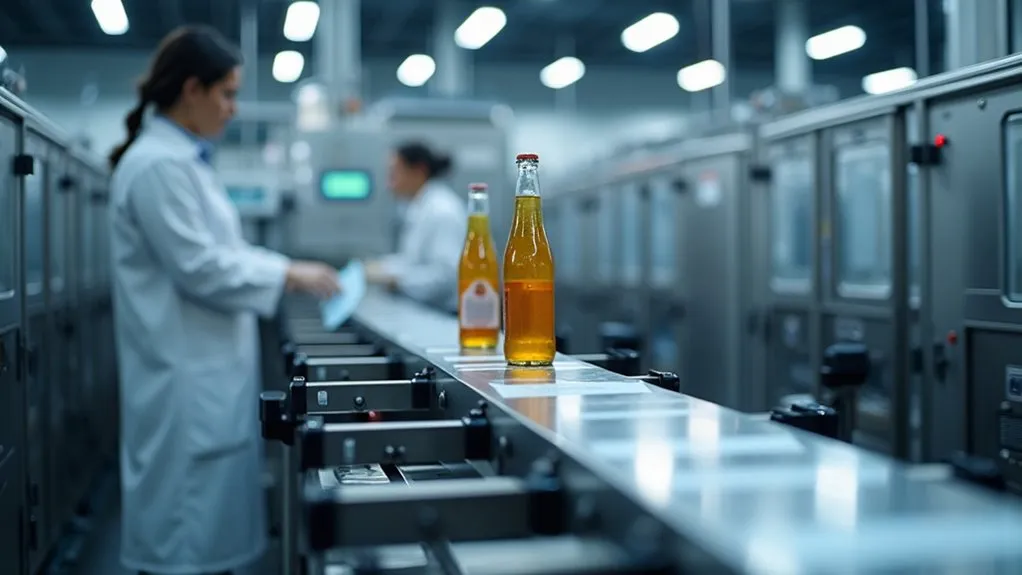
Sensors and servo motors are the backbone of precision in modern labeling machines, embodying a synergy that drives accuracy, efficiency, and reliability in the labeling process.
Multiple sensor types, including optical, ultrasonic, and capacitive, detect product presence, position, and label gaps, triggering labeling cycles with precise timing.
Servo motors enable high-precision label placement, with feedback systems ensuring real-time error correction and synchronization with conveyor speeds.
This closed-loop system, integrated with Programmable Logic Controllers (PLCs), maintains consistent quality and positioning across diverse materials and product shapes, ensuring each label is applied with unmatched precision. Additionally, this technology supports superior accuracy and consistency, contributing to brand reputation and compliance with industry standards.
Material Versatility: Meeting Diverse Industry Needs
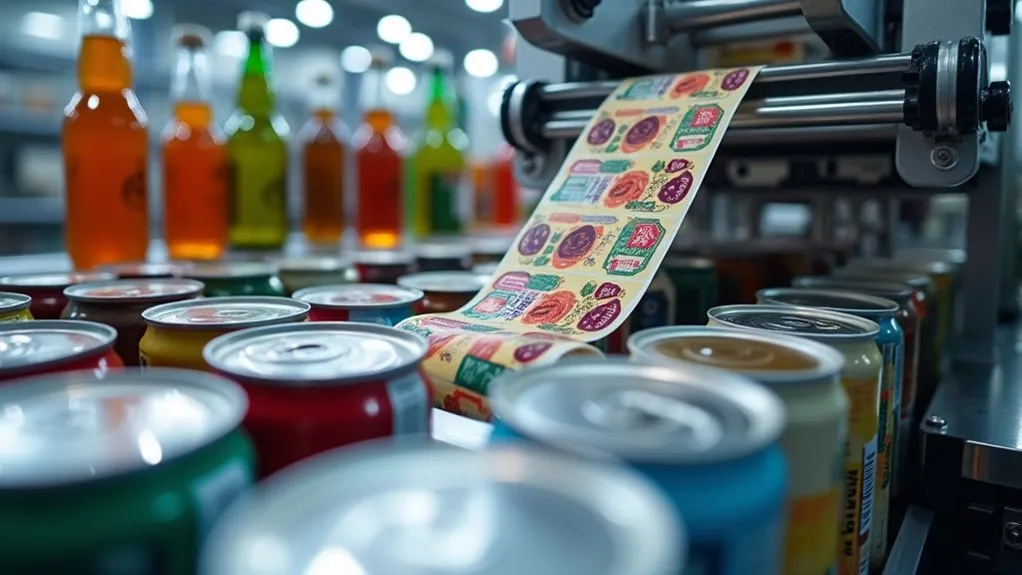
The versatility of sticker labeling machines lies not only in their precision components but also in their ability to handle a wide range of materials and packaging styles, meeting the diverse needs of multiple industries.
Material flexibility is a key feature, with machines capable of handling glass, plastic, metal, and cardboard, adapting to various label materials from paper to BOPP.
Industry compatibility is ensured through machine design, accommodating the labeling requirements of sectors like food and beverage, pharmaceuticals, cosmetics, chemicals, and logistics.
This adaptability includes handling various packaging shapes and sizes, as well as the ability to perform high-precision labeling, whether it’s full or partial wrap-around labels on cylindrical packaging or multi-face labeling on boxes. Additionally, these machines often leverage advanced technology to enhance accuracy and efficiency in labeling operations.

 Tiếng Việt
Tiếng Việt 日本語
日本語 中文 (中国)
中文 (中国) 한국어
한국어